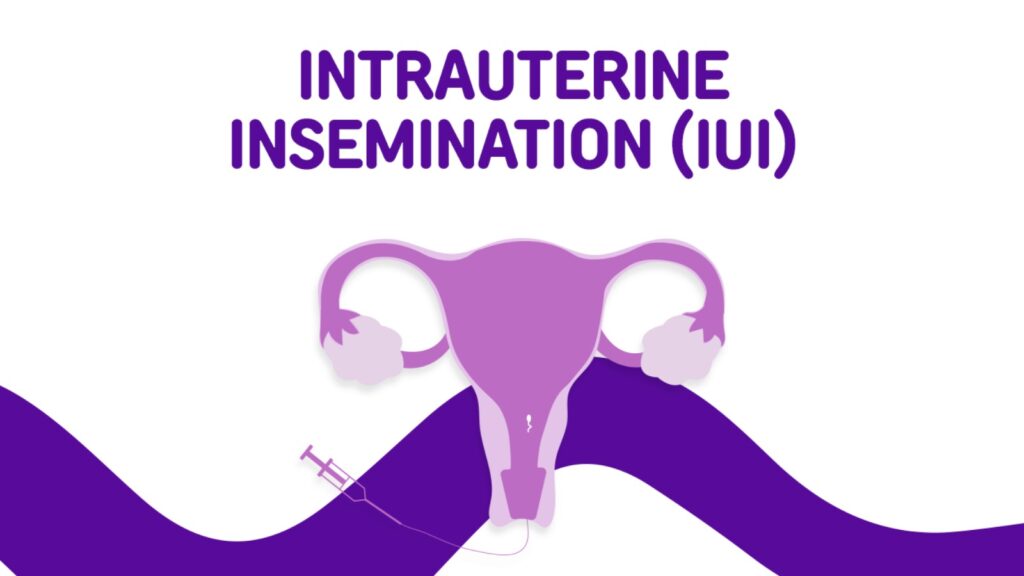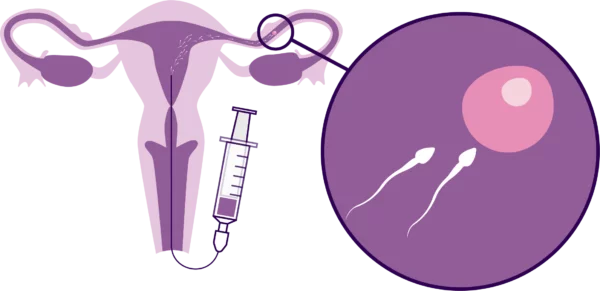What is embryo freezing?
Embryo freezing, also called embryo cryopreservation, is a process to freeze and store embryos for later use. An embryo is an egg that has been fertilized by a sperm. This process is a way to help people with fertility and reproduction.
Embryo freezing often occurs after people have treatments to try to get pregnant. Examples include in vitro fertilization (IVF) and intracytoplasmic sperm injection (ICSI).


Embryo Freezing?
These procedures fertilize eggs with sperm, and they sometimes create extra embryos. You may choose to freeze extra embryos and use them later if you:
Postpone or cancel implantation into your uterus after an egg is already fertilized.
Want to delay IVF to a later date.
Want an option in case early attempts at fertility treatment fail.
Choose to donate unused embryos to other people trying to get pregnant or to researchers rather than destroy them.
Embryo freezing is also used for fertility preservation. For example, a woman or person designated female at birth (DFAB) with cancer might want to save fertilized eggs before starting chemotherapy or radiation therapy if that treatment could affect their ability to get pregnant. A transgender man (transitioning to male) also might freeze eggs or embryos before taking hormones for the transition or having gender affirmation surgery.
- What happens before embryo cryopreservation?
You have to give your permission to freeze embryos. Your healthcare provider will give you consent forms to read and sign. The paperwork should provide details such as:
How many embryos will be frozen.
How long they’ll be stored (often 10 years).
What happens when the storage time expires.
What happens if you die or become too ill to make decisions before the storage period is over.
What the embryos are allowed to be used for (for example, only your fertility treatments or if they can be donated to research or to another infertile couple).
Your healthcare provider can also help you decide during which embryonic stage it’s best to freeze one or more embryos. The stages where freezing is possible include:
Cleavage stage: When the single cell has multiplied to between four and eight cells after about 72 hours.
Blastocyst stage: When the single cell has multiplied to between 200 to 300 cells after five to seven days.
What happens during embryo cryopreservation?
There are two methods to freeze embryos: vitrification and slow freezing.
In vitrification, fertility professionals:
Add a cryoprotective agent (CPA) to the embryos. CPA is a liquid that acts like antifreeze and protects cells from ice crystals.
Place the embryos immediately into tanks of liquid nitrogen at -321° Fahrenheit (-196.1° Celsius).
Slow freezing has fallen out of favor, but some fertility specialists may still use it. In slow freezing, fertility professionals:
Add smaller amounts of a cryoprotective agent (CPA) to the embryos than used in vitrification.
Put the embryos in a machine that cools them, slowly decreasing the temperature over about two hours.
Remove the embryos from the cooler and store them in tanks of liquid nitrogen at -321° Fahrenheit (-196.1° Celsius).
For either process, the embryos are:
Stored in containers that look like small straws.
Labeled with details that identify them as yours.
Interestingly, the embryos remain the biologic age at which they are frozen. So if you freeze them at age 35 and come back to use them at age 50, the embryo hasn’t aged.
What happens after embryo freezing?
When frozen embryos are needed later, a fertility specialist will:
Remove the embryos from the liquid nitrogen.
Allow them to slowly return to normal temperature.
Soak them to remove the CPA.
Use the embryos as indicated (for example, transfer them into your uterus).
- Risks / Benefits
What are the advantages of embryo cryopreservation?
Embryo freezing can help people get pregnant later in life if they are facing current barriers, such as:
Advancing age.
Gender transition.
Infertility issues.
Social/personal reasons like if you’re pursuing higher level education or have professional demands and plan to delay pregnancy for several years.
Treatment that may damage fertility (for example, chemotherapy or pelvic radiation therapy for cancer).
Upcoming military deployment.
Women without a partner may be concerned about advancing age and choose to either freeze eggs or embryos that they create with donor sperm.
What are the risks or complications of this procedure?
Embryo freezing doesn’t pose risks to resulting pregnancies, such as congenital disabilities or health problems. In fact, outcomes research of frozen-thawed embryos show lower rates of preterm birth, low birth weight, growth restriction and perinatal mortality.
- The main risks associated with embryo cryopreservation are:
Damage to embryos during the freezing process.
Embryos that are not viable for freezing.
Failure to get pregnant after embryos are thawed and implanted.
Increased rates of medical issues in pregnancy like preeclampsia and placenta accrete spectrum.
Multiple births if more than one embryo is implanted (twins or triplets).
Recovery and Outlook
Frequently Asked Questions
How long can an embryo stay frozen?
What is the best day to freeze embryos?
What are the risks of freezing embryos?
The main risks associated with embryo cryopreservation are: Damage to embryos during the freezing process. Embryos that are not viable for freezing. Failure to get pregnant after embryos are thawed and implanted.
Is freezing embryos worth it?
freezing embryos is that egg freezing doesn’t require sperm. The eggs are frozen unfertilized and can be stored for a later date. This is a great option for single women, women in the midst of seeking a sperm donor, or women who aren’t sure if their current partner is the co-parent they are looking for.
